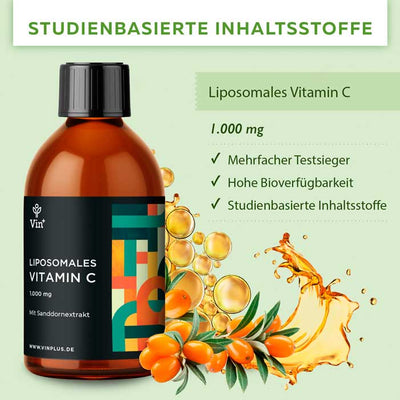
A veterinary assistant carries out the veterinary examinations in a laboratory. She analyzes foods made from animal products. So she can quickly recognize and determine animal diseases or even an animal epidemic. Her activities include examining bodily fluids and tissue samples that are to be used in the manufacture of medicines or cosmetics. Of course, samples are also taken from meat and milk and examined for germs or bacteria. She works closely with veterinarians, microbiologists, biochemists and zoologists.
The workplace
A veterinary technical assistant often works in veterinary laboratories, veterinary clinics and veterinary practices. Her job also takes her from time to time to a slaughterhouse or a dairy, and of course she is also involved in medical research. The most important thing in their work, however, is that hygiene and safety regulations are strictly observed. It is generally not allowed to work without a smock, gloves and a face mask, so that fungi and bacteria cannot be transmitted. Careful cleaning and sterilization after each work step is absolutely necessary. Her tools include pipettes, tweezers and test tubes, as well as a Bunsen burner and centrifuges. But the most important thing is an electron microscope, under which tiny samples can be examined and analyzed. The test results are carefully recorded and used to create tables and statistics.
Working conditions

The work is done under one's own responsibility, but veterinarians, biologists and chemists are often consulted. The activity is associated with a high stress factor, since the results of an investigation must be available in the shortest possible time at the slightest sign of an epidemic. Constant and long-term work in a laboratory under sterile conditions can also be perceived as stressful. Performing this activity requires a high level of concentration , as it is often necessary to sit in front of a microscope for several hours at a time. Since the technology and the properties of the devices are constantly improving, they have to constantly adapt to a new situation. In addition to working with technical devices and systems, there is also precision work, since chemicals such as solutions and acids are handled, which is not entirely without risk. Dealing with the various smells that animal excreta bring with them can also be stressful.
What requirements should there be?
For a promising apprenticeship, she should have good school grades in physics (laboratory analyzes and measurements are carried out during the apprenticeship), chemistry (knowledge of carbohydrates and proteins is a good prerequisite), biology (basic knowledge of cell division and chromosome defects), mathematics (percentage composition of chemical calculate compounds and volumes of gases) and Latin (in medical jargon, terms are in Latin).
Training
The training period lasts three years and includes theoretical and practical lessons. This takes place at vocational schools (MTA schools). The practical training is completed in a veterinary institute or an investigation office. There are lessons at school one to five times a week or in block lessons that are held over several weeks at a time.
Admission to the exam
The prerequisite for obtaining admission is regular participation in the training. There are written certificates from the school that must be presented before the examination. The exam itself lasts two days and has a written, an oral and a practical part. The written part of an exam contains questions on statistics, chemistry, anatomy and pathology in animals, as well as items such as microbiology, hematology and computing.
The oral and the practical exam
This takes place in front of an examination board of the school. The topics here, among others, clinical chemistry, hematology and food science. The practical part can last up to four weeks, as it includes blood tests, determination of enzymes, identification of pathogens and food testing. After passing the training, employment in a veterinary laboratory, in a veterinary clinic or veterinary practice as well as in a state investigation office is possible.








